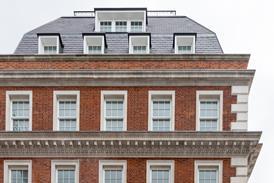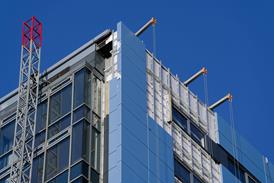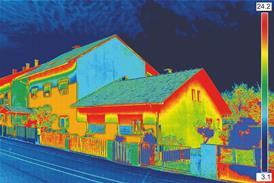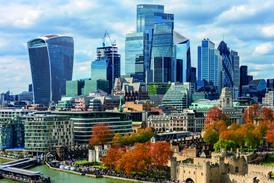- News

All the latest updates on building safety reformRegulations latest
- Focus
- Home
- News
- Focus
- Comment
- Events
- CPD
- Building the Future
- Jobs
- Data
- Subscribe
- Building Boardroom
Hempcrete: a natural solution in the quest for better materials
By Thomas Lane2022-01-27T07:00:00

The insulation and low carbon credentials of bio-based materials such as hempcrete are winning over some serious players
Back in 2001, Building went to visit an architect in a small Suffolk village who had persuaded 15 locals to use a mixture of lime and hemp for their building projects. The architect showed Building around his lime and hemp extension, waxing lyrically about the material’s low environmental impact, excellent insulation properties and breathability.
The architect’s name was Ralph Carpenter, the village was called Hartest and, according to Tom Woolley, professor of architecture at Queens University Belfast, and an expert on natural building materials, Carpenter is the “grandfather” of lime hemp construction.
Already registered? Login here
To continue enjoying Building.co.uk, sign up for free guest access
Existing subscriber? LOGIN
Stay at the forefront of thought leadership with news and analysis from award-winning journalists. Enjoy company features, CEO interviews, architectural reviews, technical project know-how and the latest innovations.
- Limited access to building.co.uk
- Breaking industry news as it happens
- Breaking, daily and weekly e-newsletters
Get your free guest access SIGN UP TODAY

Subscribe now for unlimited access
Subscribe to Building today and you will benefit from:
- Unlimited access to all stories including expert analysis and comment from industry leaders
- Our league tables, cost models and economics data
- Our online archive of over 10,000 articles
- Building magazine digital editions
- Building magazine print editions
- Printed/digital supplements
Subscribe now for unlimited access.
View our subscription options and join our community

















